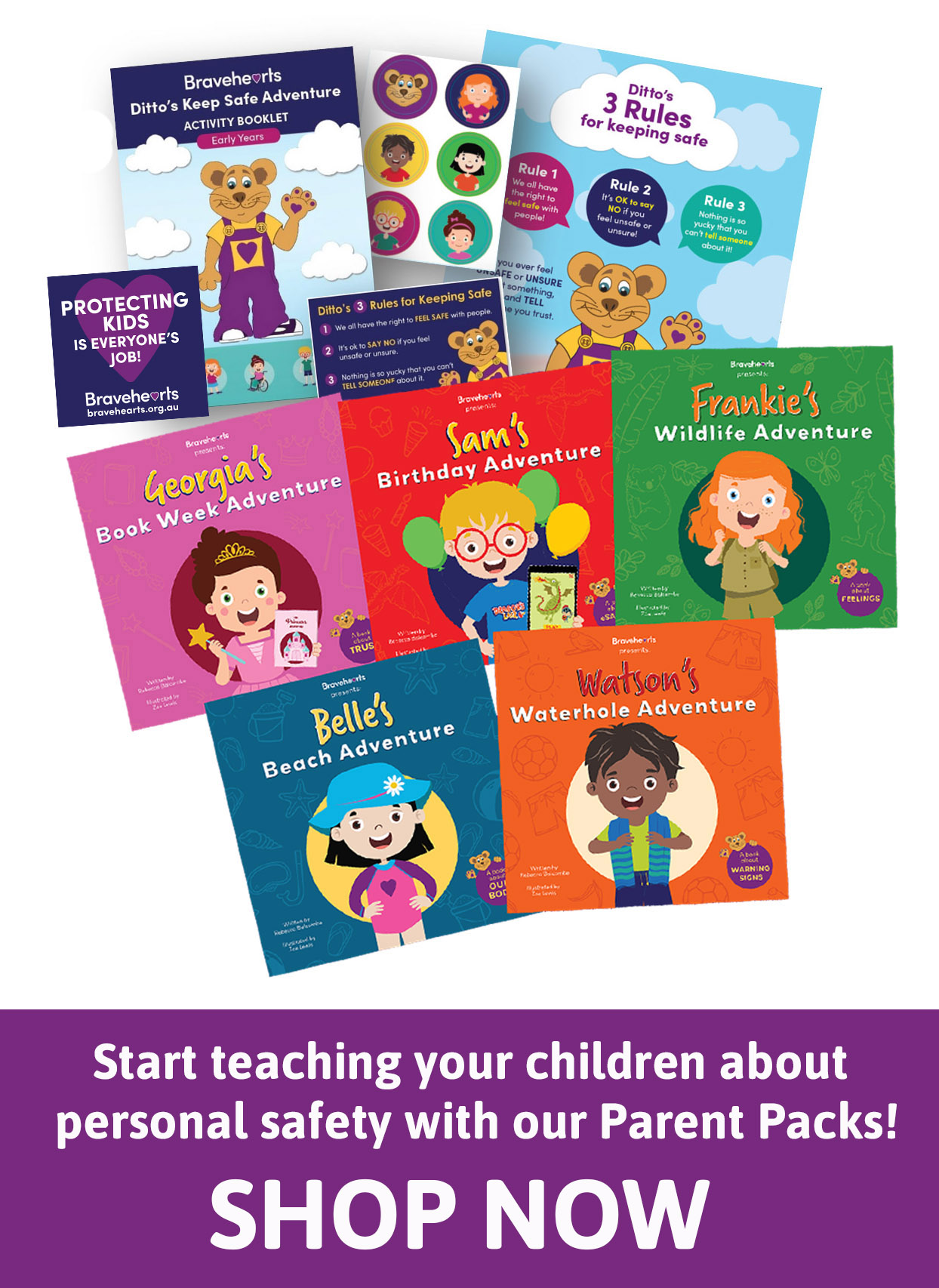Category
Helpful Links
- Home > Latest News > COVID-19 and online child exploitation: Understanding and responding to risks associated with young people’s increased online activities
COVID-19 has changed so many aspects of our daily lives. Periods of lockdown and isolation have affected us in different ways, and we are beginning to see the impacts on child sexual assault and exploitation in our communities. Although it is too early to see increases in official statistics, a picture is being built from anecdotal reports.
While some of us are spending more and more time together with those we love, families are under increased stress and children and young people are spending more time connecting with others online, leading to an increase in vulnerability to harm.
In the US, the National Center for Missing & Exploited Children (NCMEC) described a 106% increase in reports of suspected child sexual exploitation – rising from 983,734 reports in March 2019 to 2,027,520 in the very same month in 2020. In the UK, police are also seeing increases in number of reports of online exploitation, with one district noting an increase of 146% in reports from March 2019 compared to March 2020.
Here in Australia, while official police and child protection numbers have not been released, the Office of the eSafety Commissioner has seen similar impacts to those in the US and UK since lockdown. From mid-March, there has been a 200% increase in reports of image-based abuse, and an 87% increase in reports of child sexual exploitation online.
So what is it about the current environment that causes an increase in vulnerability? And, how can we protect our children and young people?
Increased opportunities for offenders
In many countries, law enforcement are reporting increased numbers of people searching for online child sexual exploitation material, and increases in this material being downloaded and shared through online platforms. Europol has also reported that criminals have quickly adapted their behaviours, and there has been a surge in the number of offenders trying to contact young people through social media sites.
Increased Vulnerability for Our Children and Young People
Many parents and carers are struggling to balance working at home and other responsibilities, and the capacity to supervise children and young people’s activities online has been lessened.
We have already been seeing over the past few years, prior to the pandemic, that children and young people are increasingly socialising online, whether through texting, messaging, or social media sites. With the unavoidable physical isolation during lockdown, the numbers of children and young people connecting with others online was predicted to increase dramatically.
Without being to mix and socialise with peers outside of the home, the online world, more than ever, has become the hub of meeting up. Tied to stressors such as feeling anxious or lonely because of physical distancing, they are more vulnerable to online predators.
What are the risks?
The online space is a great avenue for learning, playing, and socialising for children and young people. But screen time comes with risks. Risks for children include, exposure to inappropriate material, contact/grooming by offenders, physical dangers such a meeting up with people they have met online, exploitation, sexting and harassment or bullying.
It is important to remember just as we shouldn’t focus solely on ‘stranger danger’ in the offline world, we need to recognise that online risks also come from both strangers and those we do know, either online or offline.
Physical distancing from boyfriends, girlfriends and friends generally, may lead to them taking risks or doing things they might otherwise not do online, for example, sexting (sending sexually explicit messages) and sharing nude and sexual photos and videos.
As COVID-19 restrictions ease, these heightened risks still remain. Children and young people, like us adults, are navigating a ‘new normal’.
How can I protect my child?
We can always be there, monitoring or supervising our children’s online activities. At a very basic, but highly critical level, we need to be creating safe spaces for our children and young people to talk to us. We need to be talking to our children and young people and building trusting and positive communication around the online world. Be open and positive when speaking to your child about the online space, let them know you are interested and available to listen and support them. It may be that your child is not always comfortable speaking to you as a parent, about some of the things they may encounter online. Let them know this is okay and help them identify someone that they would be okay talking about what they experience online.
It is also important that you are aware of any signs of your child being upset or distressed from their time online. If you think something may be wrong, just ask: “Are you doing okay?”, “Is there anything worrying you?” “Do you know how to contact someone for help or support?”.
The Australian eSafety Commissioner has released a guide for parents and carers, “COVID-19 Global Online Safety Advice for Parents and Carers” https://www.esafety.gov.au/key-issues/covid-19/advice-parents-carers, which includes 10 valuable tips to help you protect the children and young people in your life:
-
Build an open trusting relationship around technology — keep communication open and supportive so your child knows they can come to you if something goes wrong or does not feel right online.
-
Co-view and co-play with your child online. This will help you better understand what they are doing and why they enjoy an app, game or website, as well as providing a great opportunity to start conversations about online safety.
-
Build good habits and help your child to develop digital intelligence and social and emotional skills — such as respect, empathy, critical thinking, responsible behaviour and resilience — and practice being good online citizens.
-
Empower your child — wherever possible, help them make wise decisions for themselves, rather than telling them what to do. Try to provide them with strategies for dealing with negative online experiences that will build their confidence and resilience.
-
Use devices in open areas of the home — this can help you manage and be aware of who your child interacts with online through phones, tablets, smart TVs, gaming consoles and other connected devices.
-
Set time limits that balance time spent in front of screens with offline activities — a family technology plan can help you to manage expectations around where and when technology use is allowed.
-
Know the apps, games and social media sites your kids are using, making sure they are age-appropriate, and learn how to limit messaging or online chat and location-sharing functions within apps or games, as these can expose your child to unwanted contact and disclose their physical location.
-
Check the privacy settings on the games and apps your child is using and make sure their profiles are turned on to the strictest privacy setting. Restrict who can contact your child or ask them to check in with you before accepting new friends.
-
Use available technologies to set up parental controls on devices that can filter harmful content, monitor your child’s use and limit or block their time on connected devices or functions (e.g. cameras, in-app purchases).
-
Be alert to signs of distress and know where to go for more advice and support.
* Report harmful online content to eSafety at esafety.gov.au/report.
* Contact a free parent helpline or one of the other many great online counselling and support services for help. Kids, teens and young adults can contact Kids Helpline online or by phone on 1800 551 800 and the service also provides guidance for parents.
There are a lot of opportunities and benefits that the online world offers, and these are even more valuable when our children and young people have the knowledge, skills and support to make the best of them. Have the skills to stay safe, knowing what to if they aren’t feeling safe, and feeling supported, is critical.
Sources:
eSafety Commissioner. “COVID-19 Global Online Safety Advice for Parents and Carers” https://www.esafety.gov.au/key-issues/covid-19/advice-parents-carers
Human Rights Watch. “COVID-19’s Devastating Effect on Children” (09/04/2020)
Paul Fletcher MP, Minister for Communications, Cyber Safety and the Arts. “Questions Without Notice: Children’ eSafety” https://www.youtube.com/watch?v=Ql8A9QQHWBU
WePROTECT. “Intelligence Briefing: Impact of COVID-19 on Online Child Sexual Exploitation”, 13/04/2020.
 BACK
BACK

